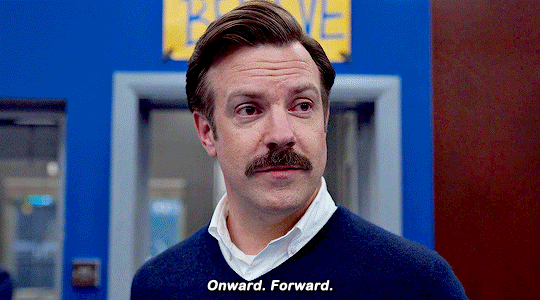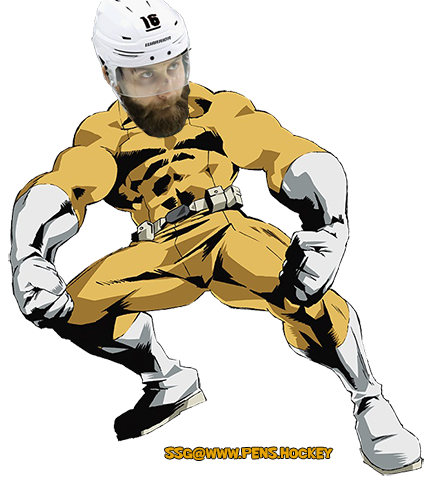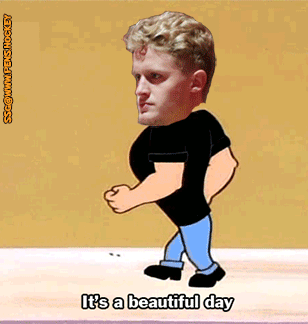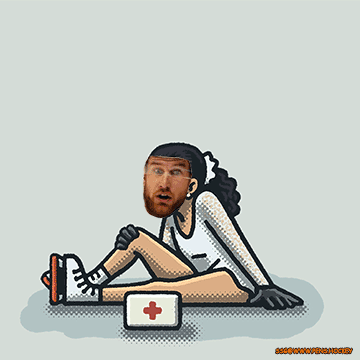
The next-most important thing for Pittsburgh’s new president of hockey operations and interim general manager Kyle Dubas to worry about is retooling the forward group. The Penguins currently have six forwards whose contracts are expired as of July 1, including two arbitration-eligible restricted free agents – Drew O’Connor and Ryan Poehling – both of whom will very likely be re-signed and figure into the bottom six somehow, much as they had been this past season. Then there are four veterans who will become unrestricted free agents on the turn of the calendar: Josh Archibald, Nick Bonino, Danton Heinen, and Jason Zucker. The first three were depth pieces that were largely non-factors for most of the time they were on the ice, if they even played (they all averaged ~10-11 minutes of ice time). Specifically to Bonino, his glory days centering the HBK line during the 2016 and 2017 Stanley Cup runs were legendary, but his best days were naturally behind him. Unfortunately he only played three games after his trade deadline acquisition before an injury forced him out for the rest of the season.

Of those four, the most critical to deal with is the 31-year-old Zucker. Last season, for the first time since his last full season with the Minnesota Wild in 2018-19, he played a largely healthy season (78 games) and produced more in line with what Jim Rutherford expected when he acquired him the following season, although perhaps still a little less than needed from a guy making $5.5M/year as a second line winger. Of the 20 left wingers making +/- 10% of Zucker’s salary last season, his 0.62 points-per-game was dead in the middle of that group. One problem for Pittsburgh, if they are looking to upgrade from Zucker, is that there are only three UFA left wingers coming onto the market this summer, and Zucker was the most productive and youngest of those three (Gustav Nyquist and Milan Lucic are the other two). I don’t think any of the internal options would be upgrades, so it might be that Dubas will have to bite the bullet and try to re-sign Zucker and hope that his prior inability to stay healthy will dampen his salary demands.

Part of the calculus here is what to do with Jake Guentzel. 2023-24 is a contract year for The Snake, who will turn 29 right around the start of the regular season. He will almost certainly be asked to stick around, but what will his salary demands look like? The only other free agent left wing for next season who produced more than Guentzel did this past season was Steven Stamkos, who has 26 when he signed an eight-year, $8.5M/year contract with the Lightning in 2016. You have to think Guentzel’s agent will look at that deal closely, as (again) the Penguins don’t have a whole ton of leverage here with no serious prospects to produce as much as he has, and no better options in free agency otherwise. One thing that Guentzel has going against him is his lack of power play production. Since Guentzel came into the League in 2016-17, of the 48 left wings who have played at least 150 games and at least two minutes of power play time per game, Guentzel is just above average at 22nd in power play points per 60 minutes. That’s not enough production for a guy who is usually on the team’s first unit, and it certainly shows in how the power play overall has performed over the past few years (only slightly above average).
Of course, I’m not privy to the inner machinations of the front office of any NHL team, so I’m acutely unaware of what is possible in terms of improving the top two left wings. It doesn’t appear to me to be a simple matter of upgrading from either player, but certainly Guentzel seems most likely to be retained for the near future. Meanwhile the Penguins had to wait until Zucker’s last year under contract to get his healthiest and most productive year, and now Kyle Dubas gets to decide whether to roll the dice on him or try to find (ideally) a more productive replacement somewhere. In both cases, it’s not impossible that Pittsburgh could swing a trade and make some upgrades that way, but I am sadly not clever enough to consider the possibilities here. Not my idea of a dream job, but that’s why they’re paying him the big bucks and not me!

Of course, Pittsburgh also has to rebuild its bottom six, and that is where we see most of Ron Hextall’s errors. Jeff Carter is still under contract through next season and because it’s a 35+ contract the Penguins are stuck with his $3.125M cap hit unless he comes down with Marian Hossa-itis. There’s also Mikael Granlund and his two remaining years at $5M apiece. It is possible that they could both be fine as bottom six players from a production standpoint if they were to positively regress (a massive if given how they both did), but they are both way overpaid for their production and ability. The good news is that buying out Granlund would spare Pittsburgh just over $4M and $3M over the next two seasons at the cost of a $1.83M penalty the following two seasons, which will likely be washed out by subsequent salary cap increases. The Penguins hired Dubas because he would seemingly be an upgrade in competence over his predecessors, so I’d have to imagine that he’ll be able to find satisfactory replacements for at least Granlund and probably all of the other three UFA forwards for the amount of salary with which he’ll have to work.

The key thing for me is the lack of a consistent and productive third line. If you have a third line that can produce a goal at least every other game, you should be in good shape. At best a consistently productive third line can not only take some of the weight and strain off the top two lines, but it can also force an opponent to rethink its line matchups. Any team with a deep playoff run in mind will likely want to have a decent third line, and that’s something the Penguins have been sorely lacking since 2018.
